Limerick University’s Equine Science final year projects for 2023 were recently presented to a packed audience. Supported by some of the biggest names in the equine business, the students shared their fascinating research on topics ranging from equine welfare to Connemara sales. Coolmore awarded three awards for excellence to three students - not an easy task as the quality of work was outstanding across the board.
The Coolmore gold award went to Luke Kevin for his research: A Comparison Between Dirt and Turf Horse Racing in the US. Silver was scooped by Laura Dayot for Application of Near Infrared Reflectance Spectroscopy to Measure the Composition of Mare’s Colostrum and Milk and bronze was awarded to Nicola Boylan for her work Effects of Steaming and Soaking Hay on Nutrient Content, Respirable Dust Concentrations and Microbial Growth.
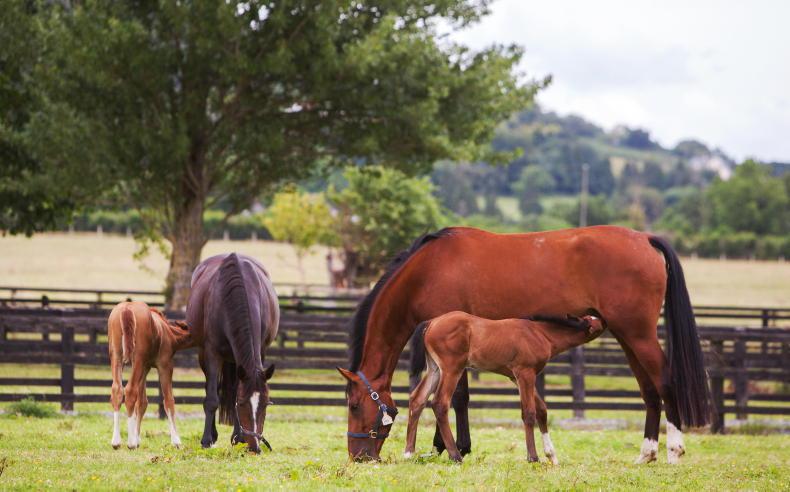

 This is a subscriber-only article
This is a subscriber-only article
 It looks like you're browsing in private mode
It looks like you're browsing in private mode




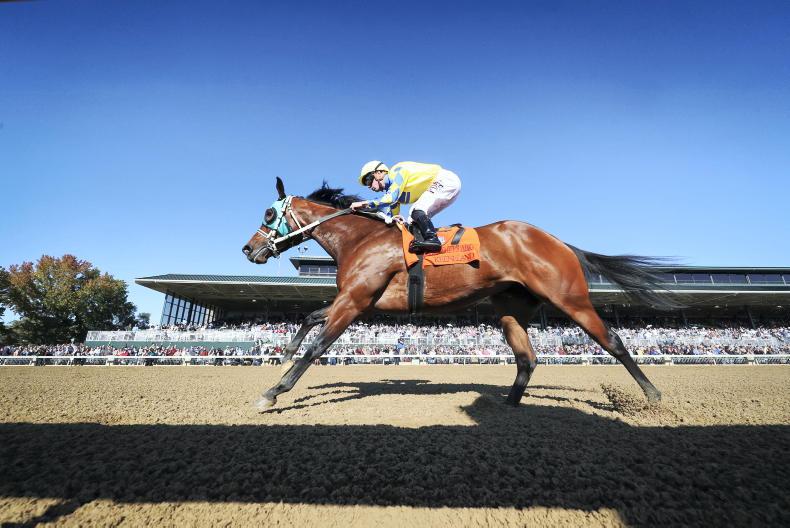
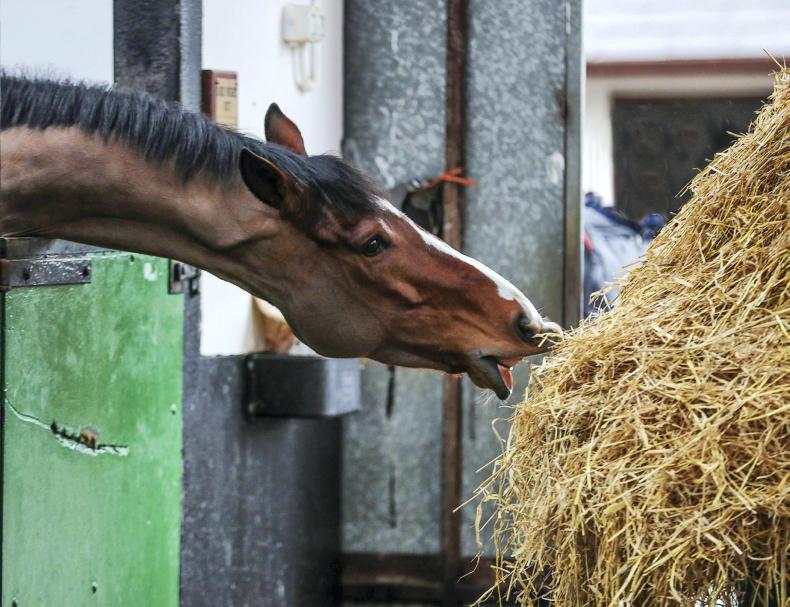

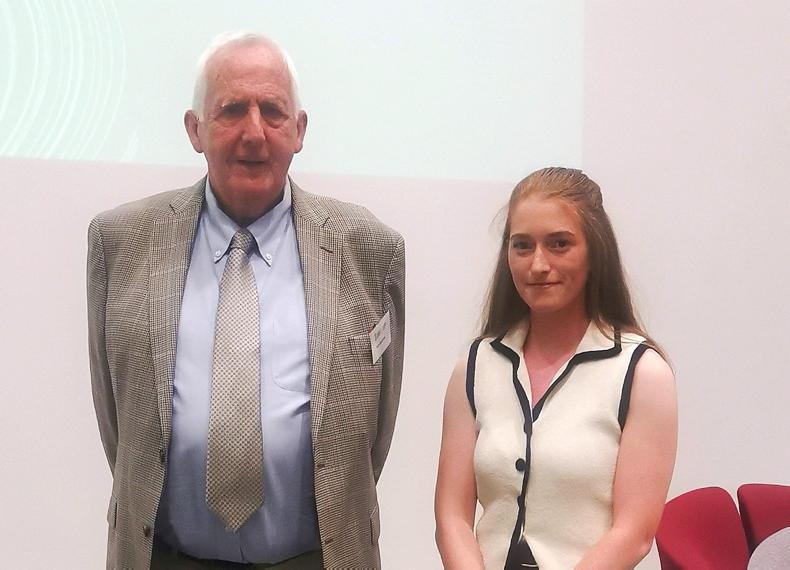

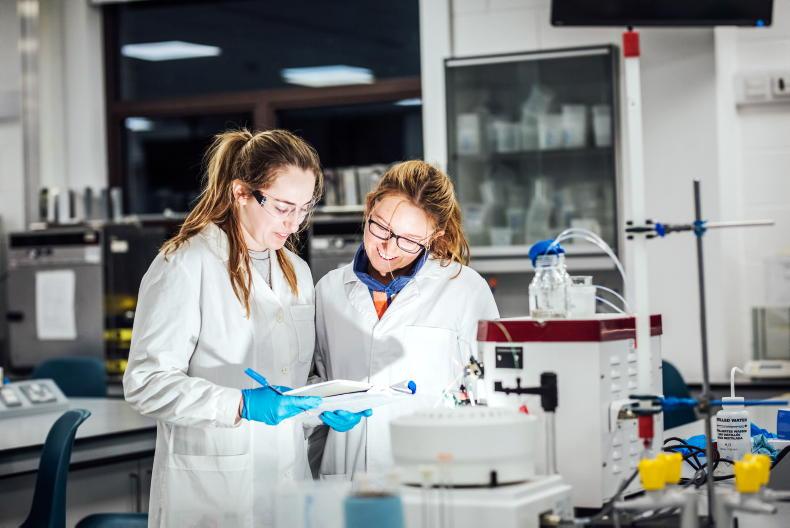

SHARING OPTIONS: